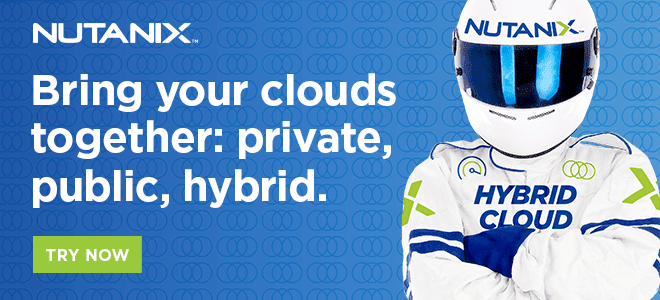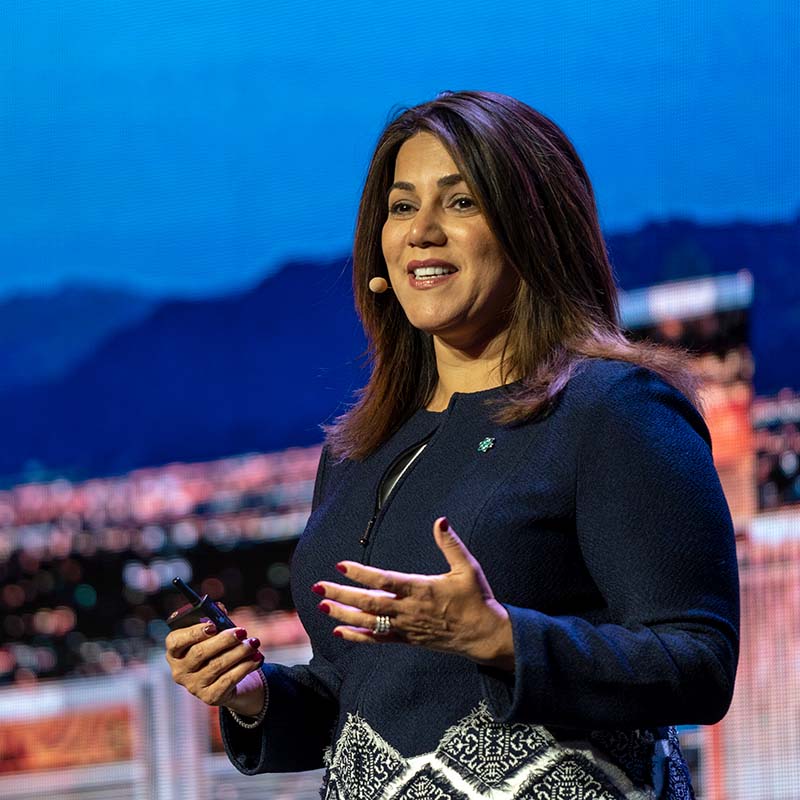According to Mirani, the industry is not there yet. But the 2020 release of Nutanix Clusters is taking the world one step closer.
Nutanix Clusters dramatically reduces the operational complexity of migrating, extending or bursting applications and data between private and public clouds, all controlled with a single management plane. It allows businesses to extend their Nutanix-powered IT environment to public clouds like AWS.
“It is challenging in terms of making it seamless,” Mirani said. “But the whole point is that we should make it seamless for our customers.”
Leading through Growth and Crisis
When Mirani joined Nutanix in 2013, the company had 200 employees, including 65 engineers. Since then, the company has grown by leaps and bounds.
To manage and inspire his team, Mirani remains straightforward and honest.
“Just tell people what you are thinking,” he said, describing his management style. “There is no substitute for just being yourself.”
Genuine honesty and the ability to embrace change are critical, especially through a crisis like the COVID-19 pandemic.
“Being adaptable is the most important part,” Mirani said. “If there’s one thing the pandemic has shown us, it is that we have to be able to change at any given time.”
Mirani pointed to companies, like restaurants, that have had to rapidly shift an online presence into an online business in order to survive, as well as employees sent to work from home.
“Our teams have been able to adapt well to working from home, and we haven’t lost productivity,” he said.
Without brainstorming sessions and unstructured time where employees chat informally and throw ideas around, Mirani wonders if they will see the same level of bottoms-up innovation and invention as in the past.
As a result, he’s made an effort to connect with other managers and employees both formally and informally, holding structured meetings, as well as virtual happy hour get-togethers.
Additionally, Mirani has asked managers to connect one-on-one with each employee, looking not just for status updates, but checking in on the well-being of each person.
“While the vast majority like working from home,” he said,” there’s always a few for whom it doesn’t work as well.”
His examples include workers who may need to work different hours during Covid, as they have kids at home and no daycare right now or people-oriented workers who simply prefer the social setting of the work office. He himself identifies with the latter.
“Flexibility is key,” he said, referencing both working conditions during this trying time, as well as the technologies people rely on to do business.
“We need technologies that give us the most optionality in terms of adapting to a changing environment,” he said. “That’s why having this option of moving workloads back and forth, and not getting locked into one vendor or one set of technologies is extremely important.”
Mirani exemplifies flexibility in his personal life, as well, as some of his favorite pastimes simply aren’t possible in the middle of a pandemic.
While Mirani and his wife, Kiran Makhijani, enjoy traveling and hiking in exotic locales – for instance, they have hiked Peru’s Inca Trail to Machu Picchu, trekked from Kathmandu to the Everest Base Camp in Nepal, and visited national parks in Chile and Argentina. But until the pandemic passes, their adventures remain close to home.















